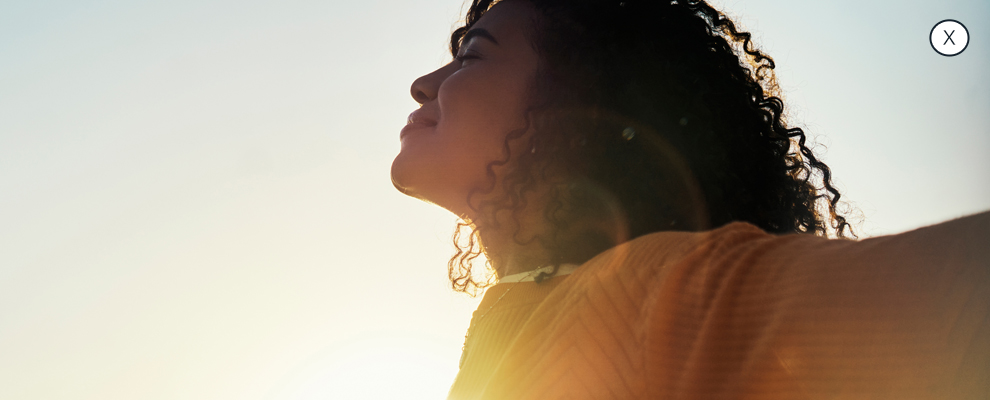Massage news
Massage in its various forms continues to be a popular complementary therapy and therefore attracts a large research interest.
A study by Sefton in 2012 looked at the effects of massage on balance and systemic function in older people. The aim of the study was to look at whether massage reduced the amount of age related falls and general physical mobility and mental wellbeing.
Massage in its various forms continues to be a popular complementary therapy and therefore attracts a large research interest.
A study by Sefton in 2012 looked at the effects of massage on balance and systemic function in older people. The aim of the study was to look at whether massage reduced the amount of age related falls and general physical mobility and mental wellbeing.
The study considered whether massage could restore muscle balance and function and it was conducted under laboratory conditions where variables could be controlled; 35 adults between the ages of 50 and 69 years were recruited and all were free from diagnosed chronic conditions and none were on medication at the time of study. A randomised control group were selected from the participant cohort to ensure validity of findings and the treatment group were given six weekly 60 minute full body massages, whilst the control group sat in a quiet room for 60 minutes each week.
Short term effects were reported as increased postural stability compared with the control group and the long term effects after week seven (so one week free of massage) showed significant improved balance in the treatment cohort.
This research study continues to influence current massage research providing valuable information for therapists who can incorporate specific objectives into programmes for older clients who have problems with balance and muscle function.










